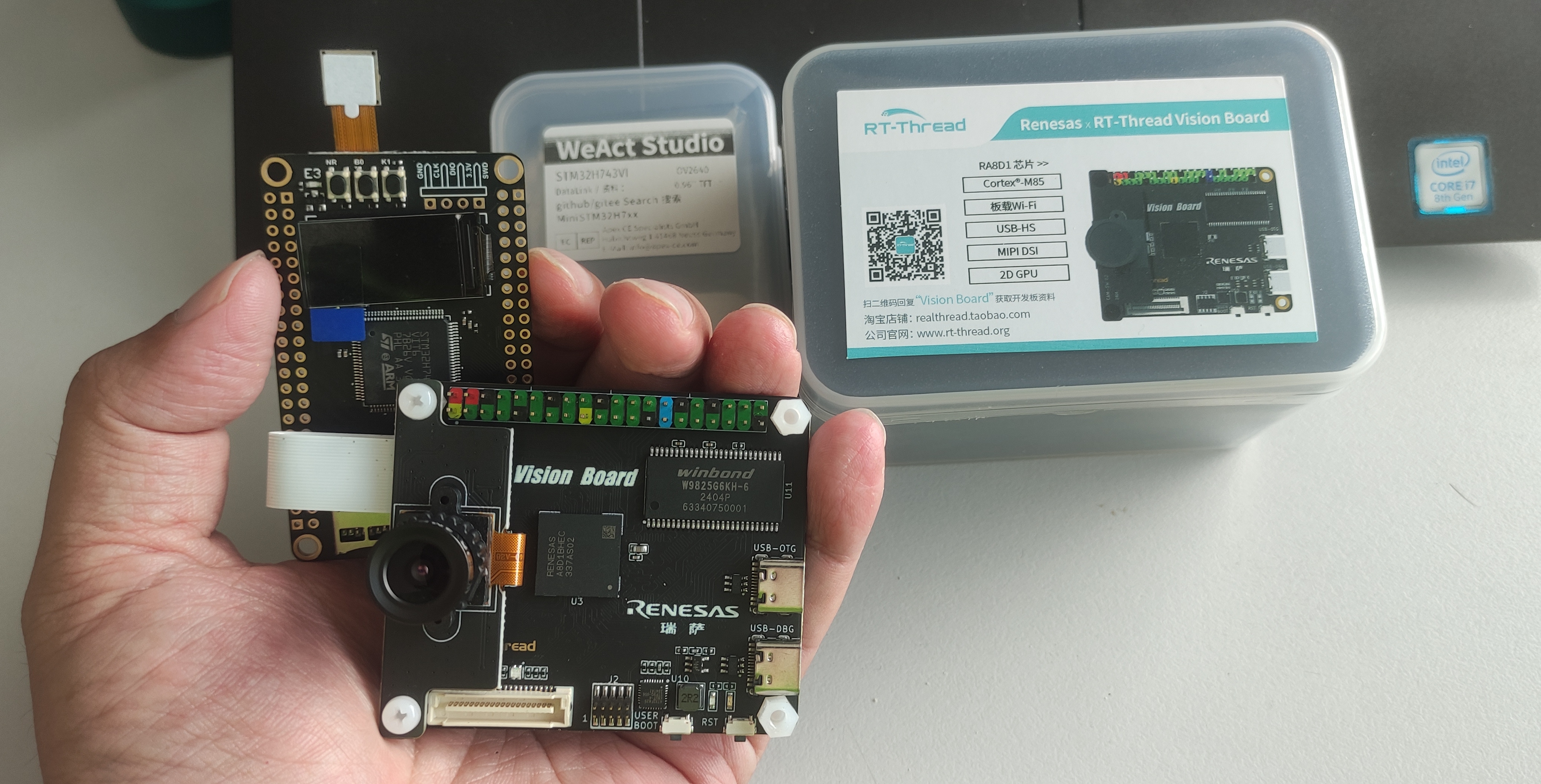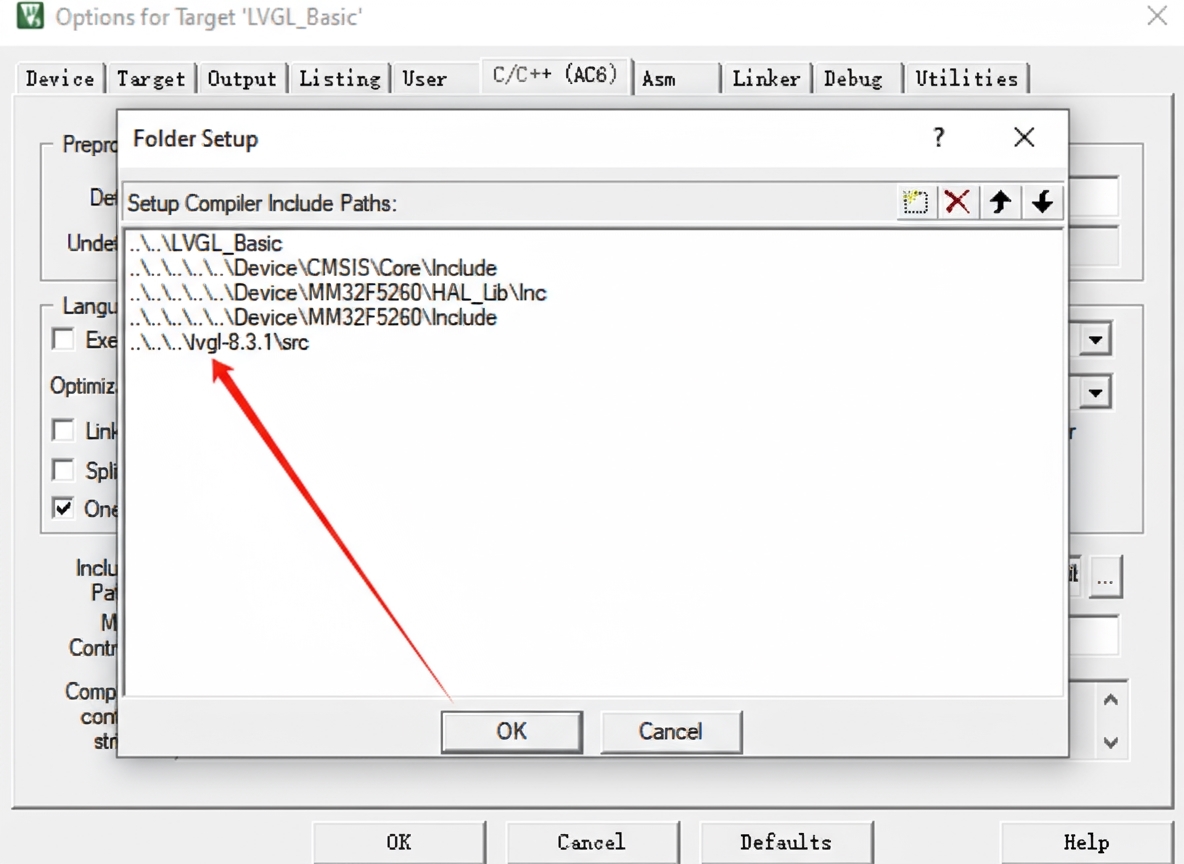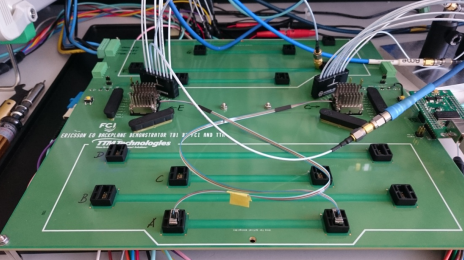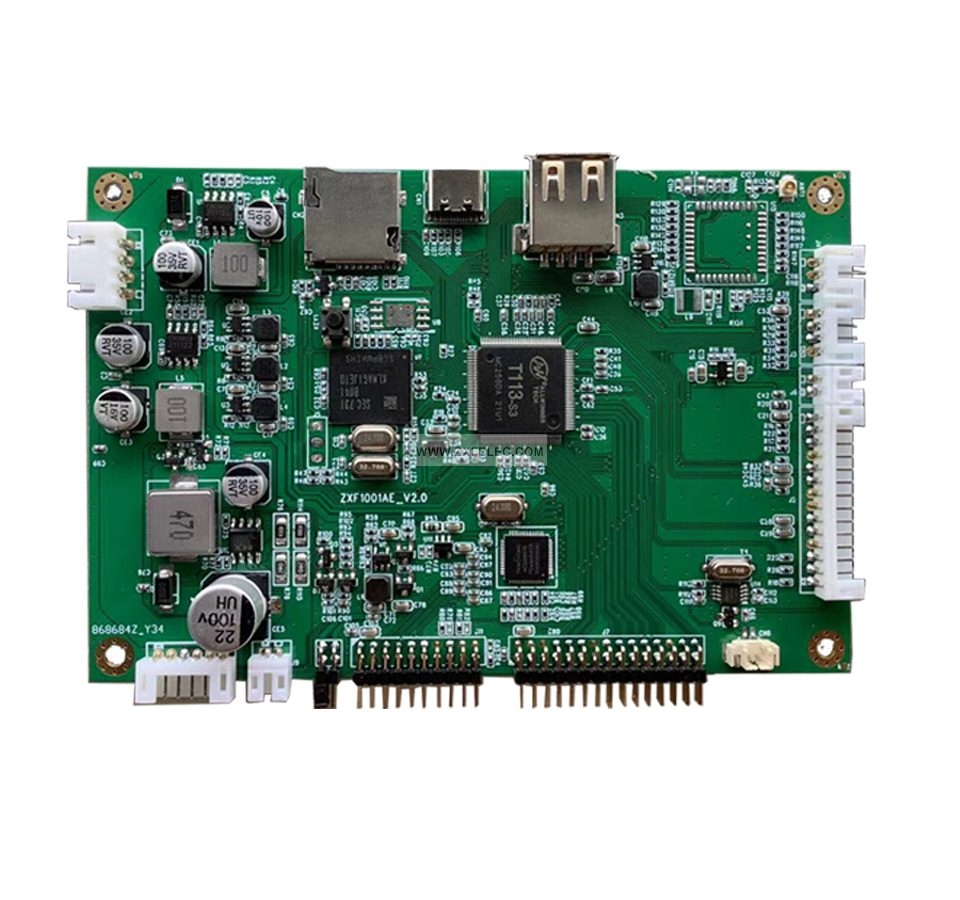Overview
USB/UART bridge devices are widely used in embedded systems. Whether you are working on debugging, IoT, or industrial applications, understanding these bridges can simplify hardware integration and improve communication reliability. Below is an explanation of how USB/UART bridges simplify these connections and some practical use cases (see image).

How the Bridge Works
Data flow and conversion: The bridge handles data flow between USB and UART, converting complex USB signals into a format compatible with microcontrollers.
Use Cases
Reliable debugging: By connecting to a terminal, the bridge can capture real-time logs, trace issues, and provide immediate insight, which is essential for quickly identifying faults.
IoT communication: For IoT applications, USB/UART bridges enable seamless data exchange between sensors and microcontrollers, particularly during prototyping and testing.
Industrial monitoring: In industrial environments where legacy equipment still uses UART, these bridges connect older devices to modern systems, improving data collection and monitoring efficiency.
Chip Options
Bridge controller chips such as FTDI, CP210x, and CH340 each have specific advantages related to speed, reliability, and cost. Knowing when to select a particular chip is important for system design.
 ALLPCB
ALLPCB







